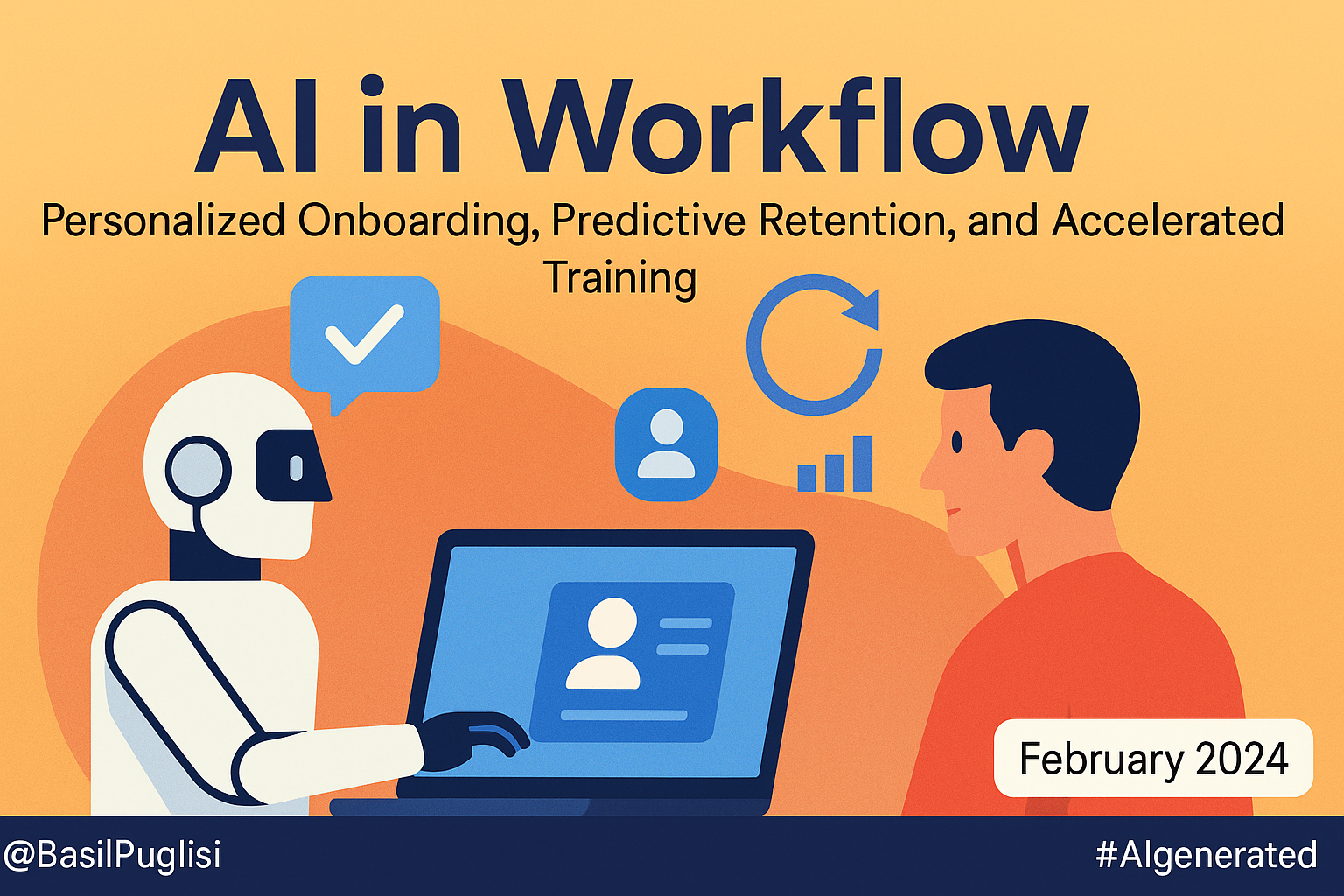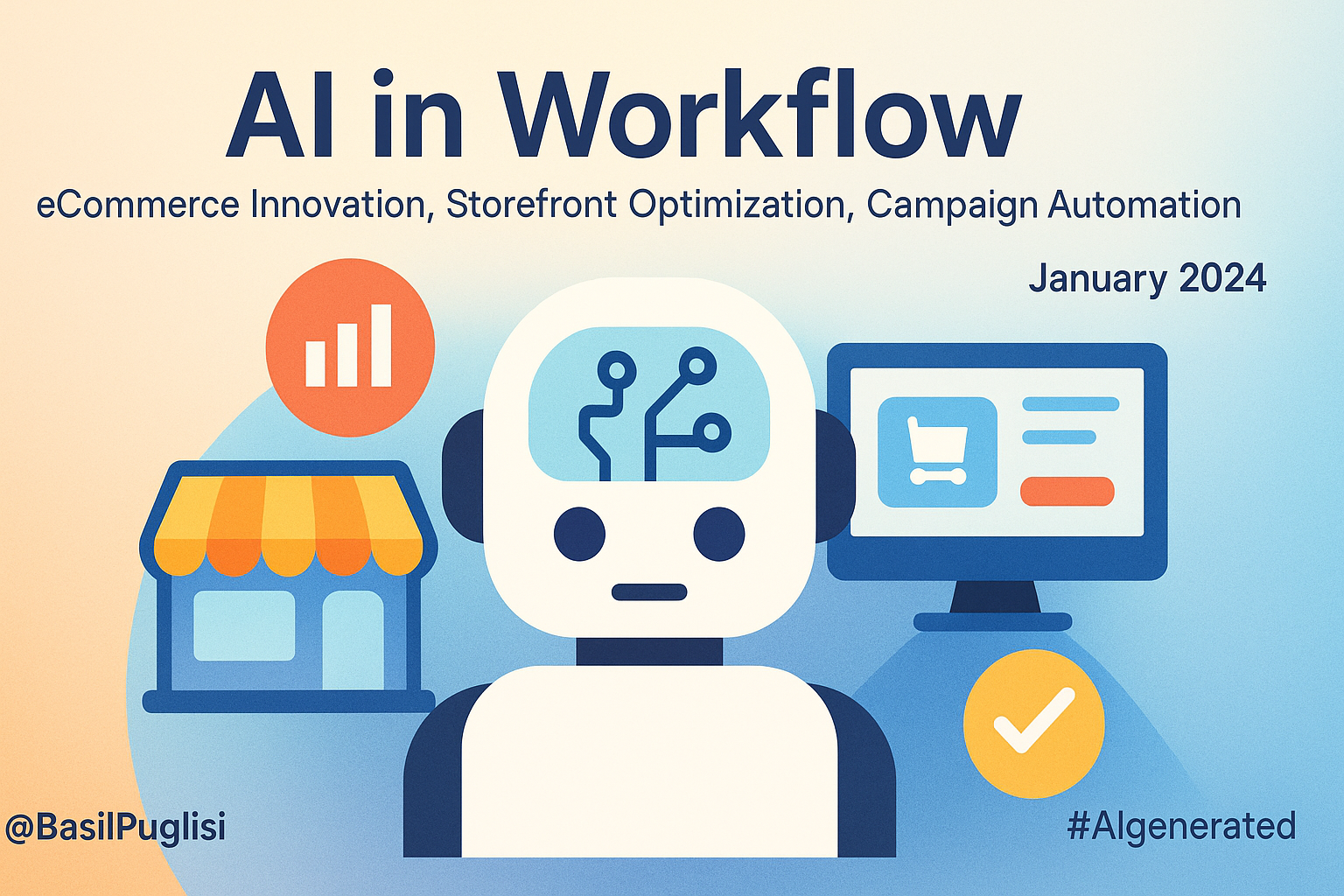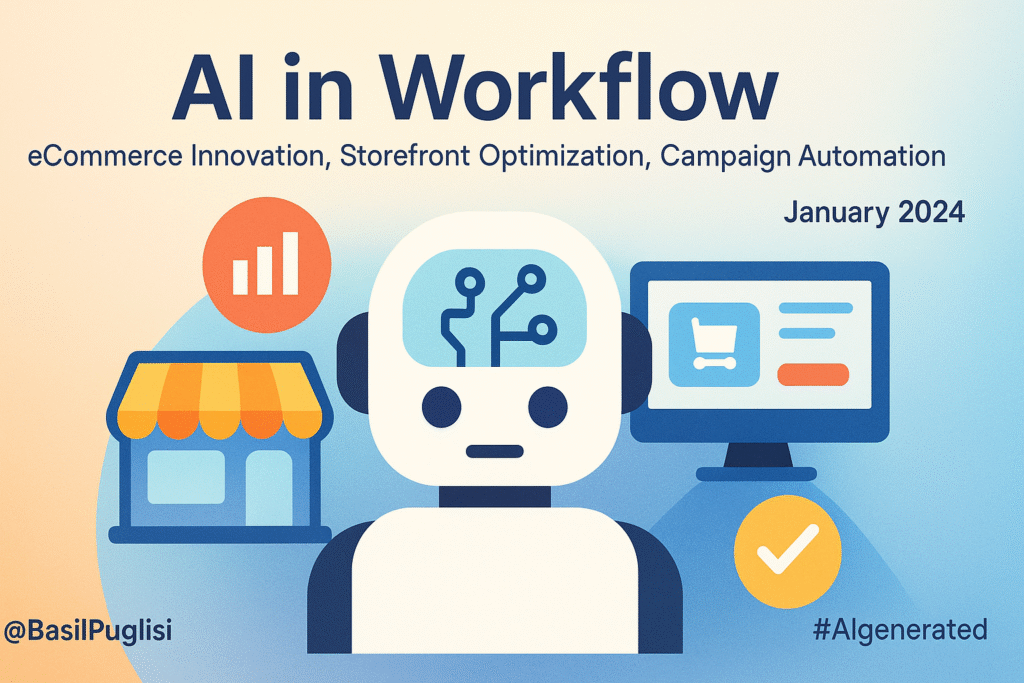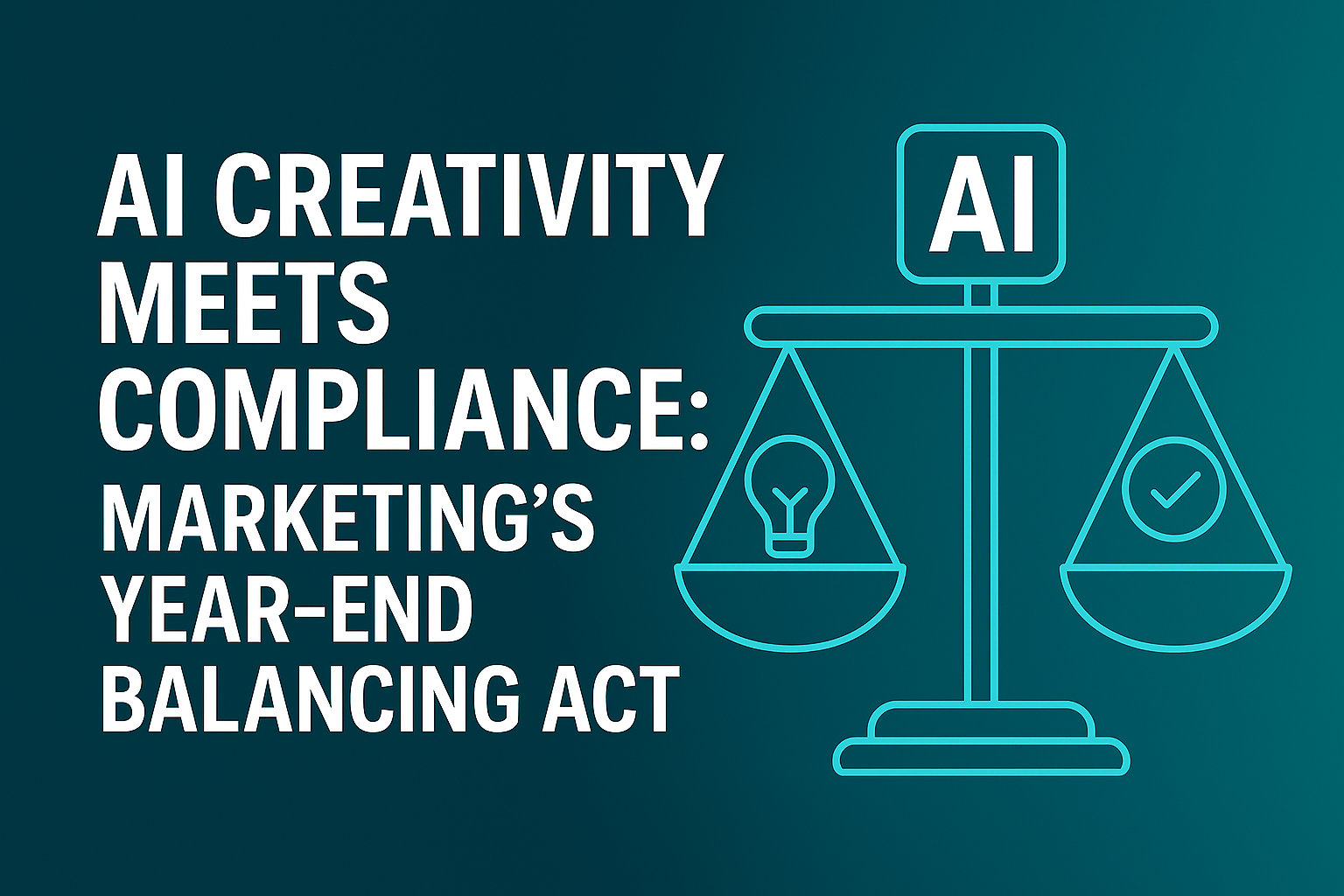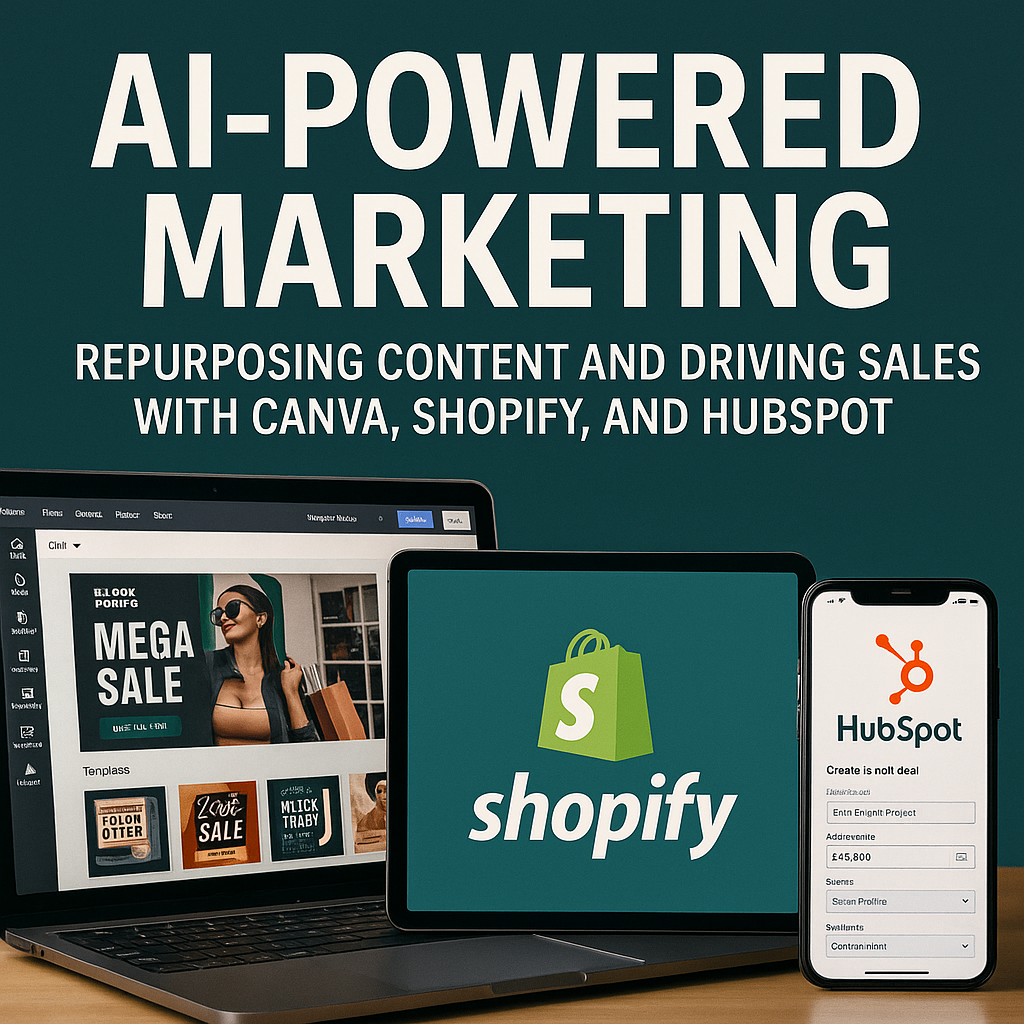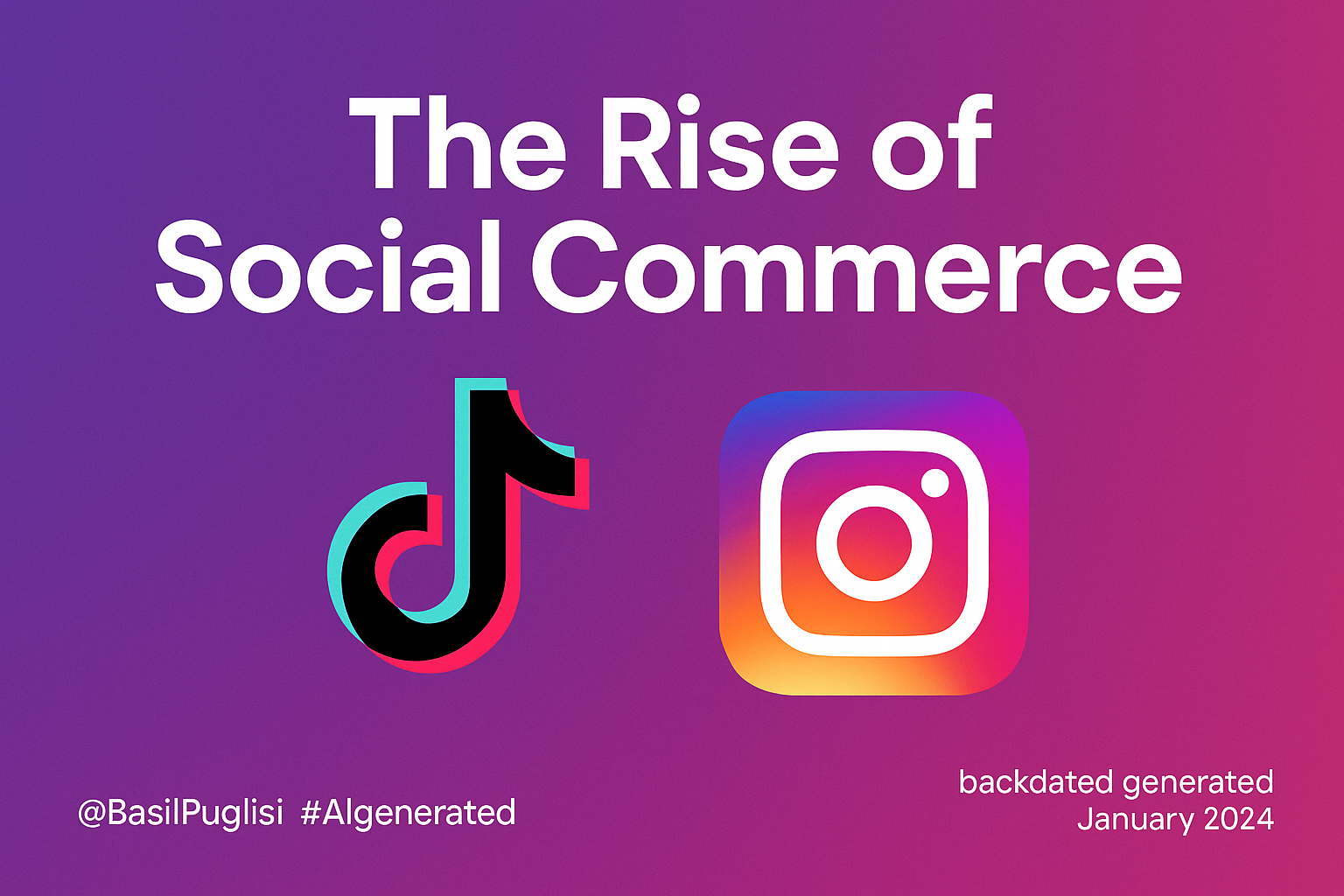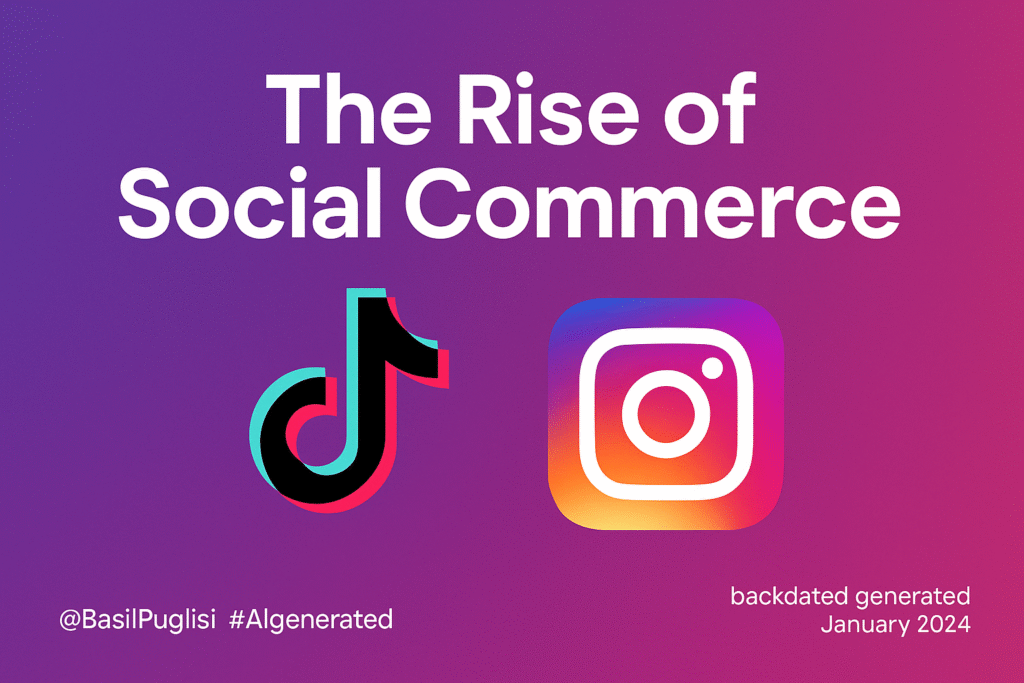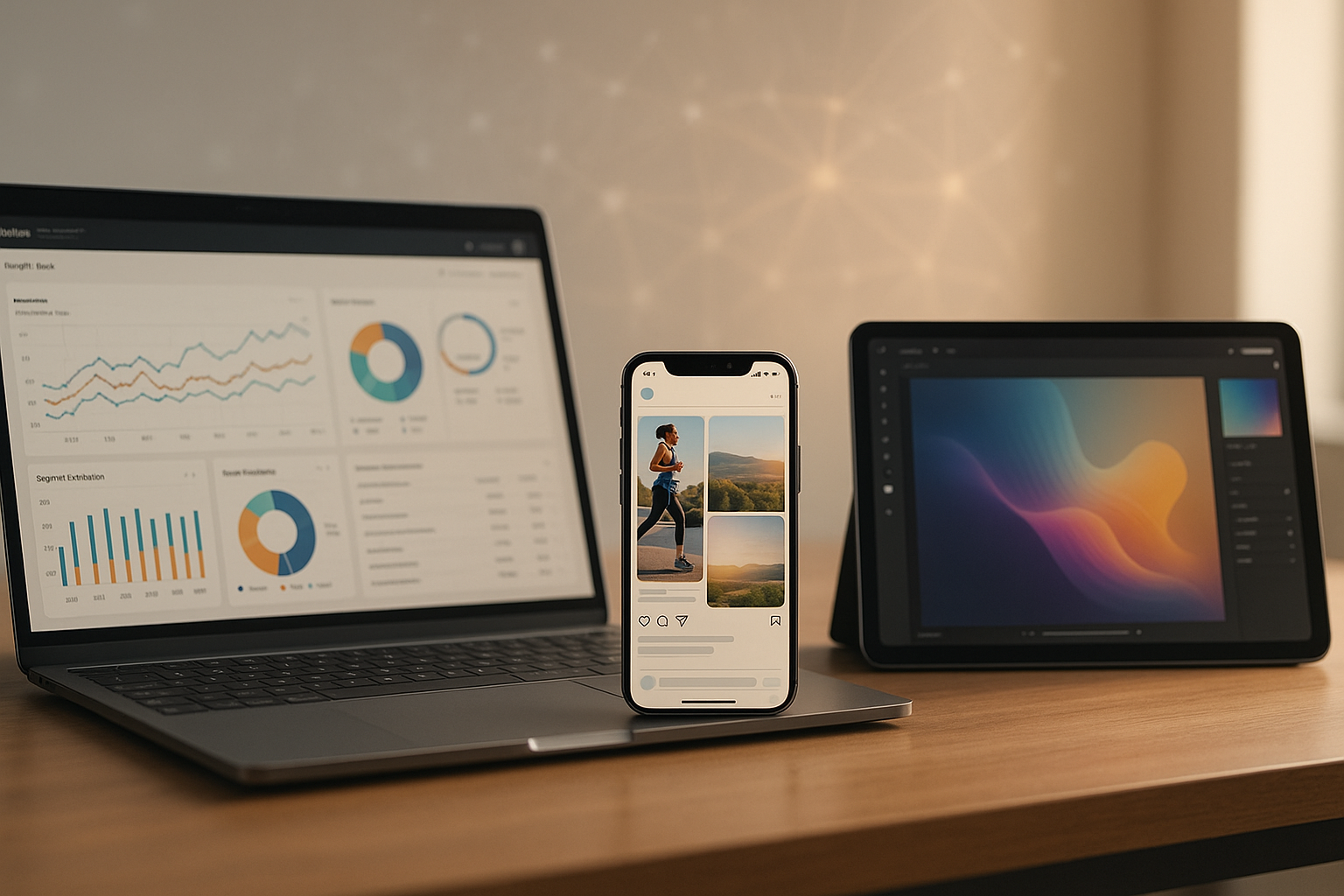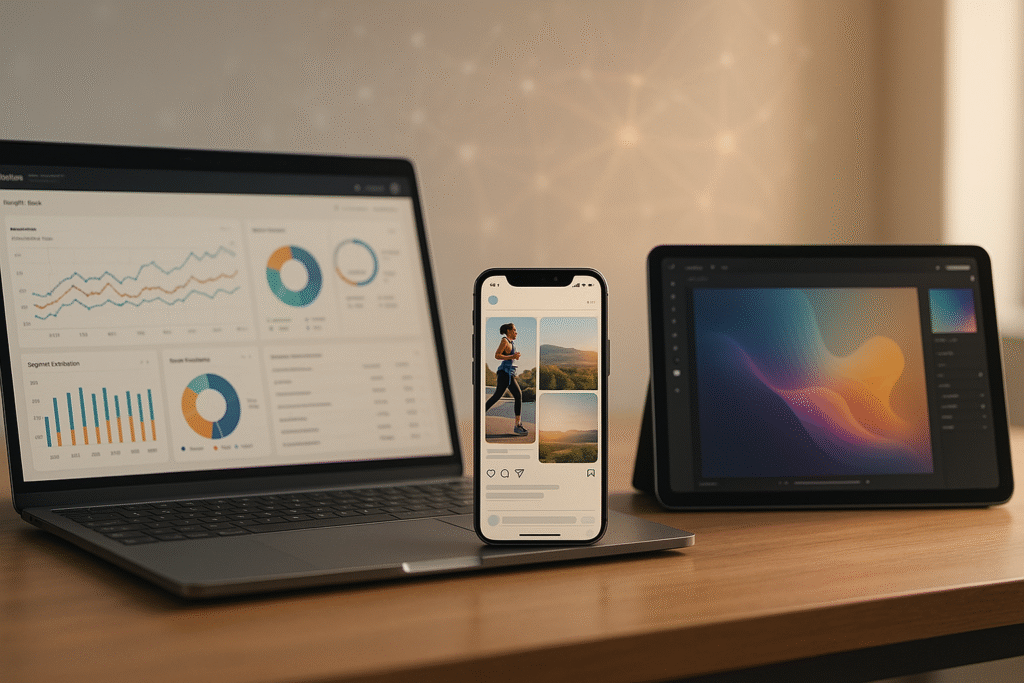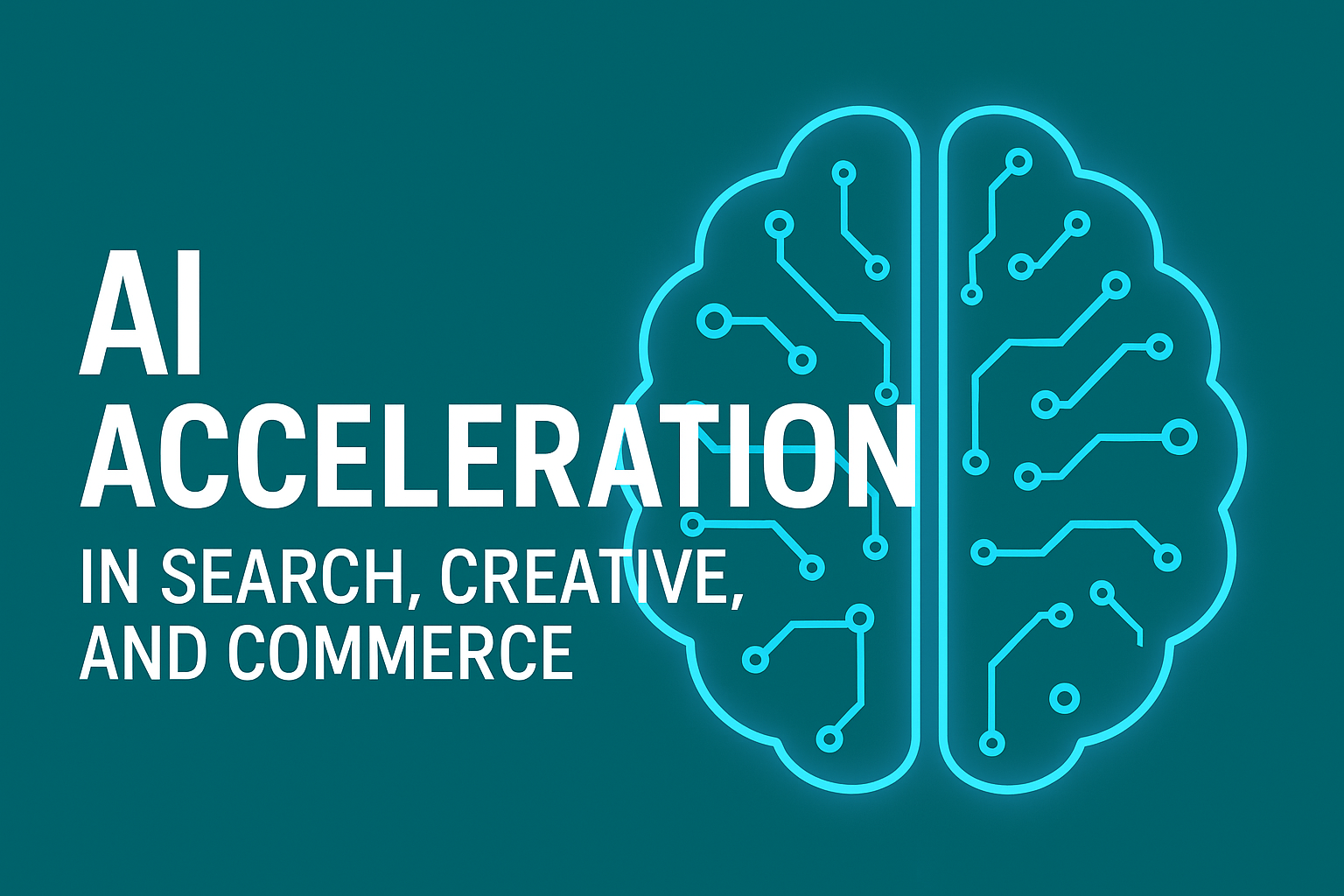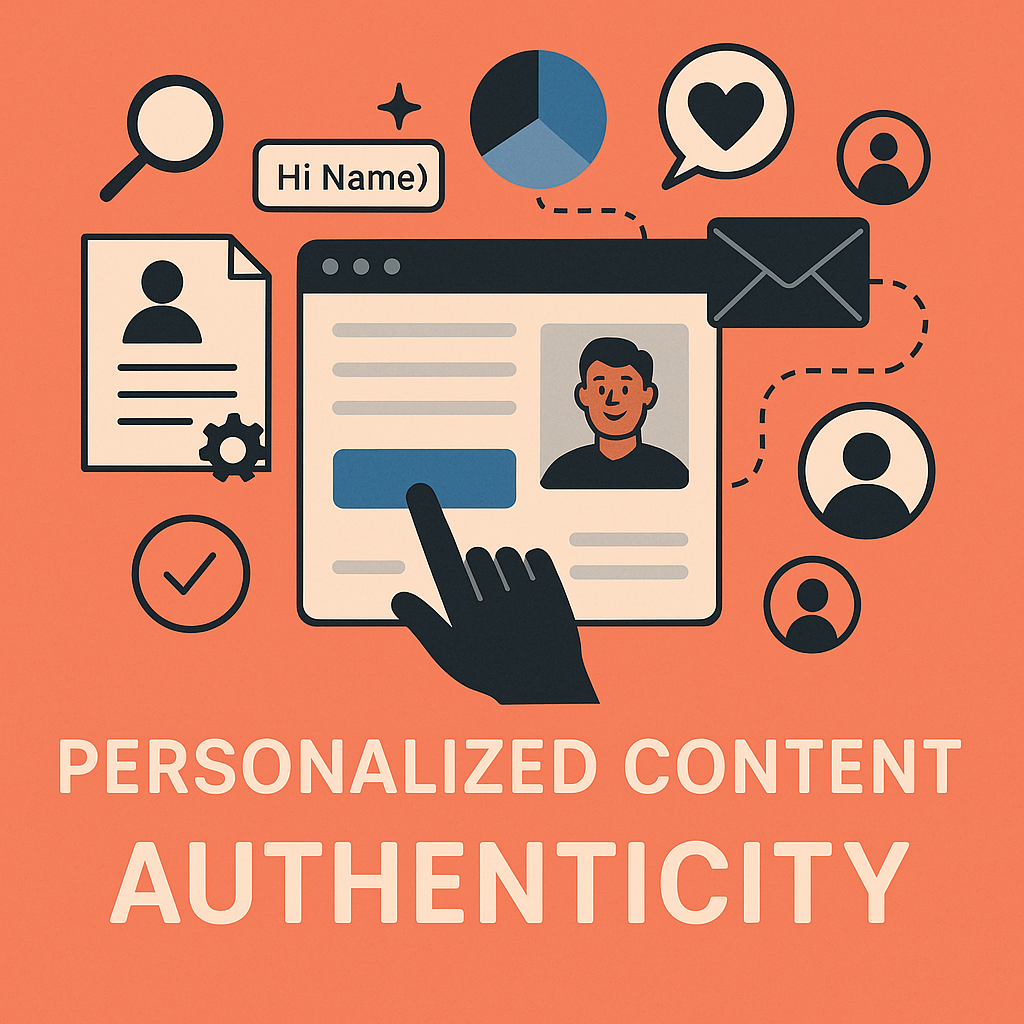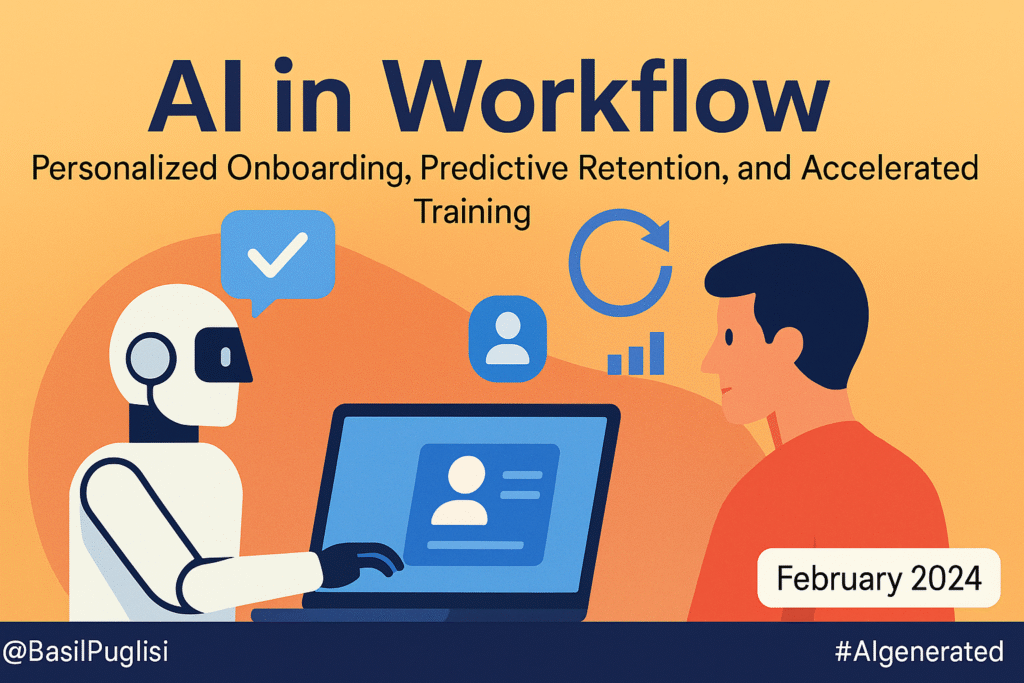
What Happened
On January 9, 2024, industry-wide HR adoption of AI-powered onboarding reached a critical mass, with 68% of U.S. organizations now using AI to personalize onboarding workflows and integrate predictive analytics to flag at-risk hires. Prescott HR’s January 2024 brief highlights how these solutions are being used to accelerate employee ramp-up times, improve cultural fit, and provide role-specific learning pathways. This evolution moves AI in HR from pilot programs into a core operational standard, with reported retention improvements of 82% and a 40% faster time-to-productivity across surveyed companies.
Who’s Impacted
B2B – Enterprises benefit from reduced turnover costs, stronger workforce stability, and better role alignment. HR software vendors can differentiate by embedding predictive retention modules and adaptive learning systems that measure onboarding effectiveness in real time.
B2C – Employees receive tailored training sequences matching their role, skill level, and preferred learning style. Faster assimilation into company culture drives engagement, satisfaction, and early performance gains.
Nonprofits – Mission-driven organizations gain access to scalable onboarding without expanding HR headcount, freeing up resources for program delivery while sustaining staff quality and commitment.
Why It Matters Now
Fact: Prescott HR reports AI integration in onboarding leads to an 82% boost in retention rates.
Tactic: Deploy AI-driven engagement tracking during the first 90 days to proactively identify and address employee concerns before they result in turnover.
Fact: Predictive analytics cut time-to-productivity by 40%.
Tactic: Integrate early skill-gap analysis to assign targeted training modules, reducing ramp-up delays and increasing speed to competency.
Fact: AI-personalized onboarding aligns employee expectations with organizational goals.
Tactic: Continuously refresh AI training content libraries with role-specific scenarios and success benchmarks to maintain relevance.
KPIs Impacted: Retention rate, time-to-productivity, employee engagement score, onboarding completion rate.
Action Steps
- Deploy AI onboarding platforms that adapt training content based on role, skill set, and learning style.
- Integrate predictive analytics for early identification of at-risk hires.
- Track time-to-competency as a primary HR KPI and evaluate improvements quarterly.
- Maintain and update AI content libraries in line with shifting company goals and industry needs.
References
Prescott HR. (2024, January 9). AI in HR: Navigating the integration of artificial intelligence into human resources 2024. Retrieved from https://prescotthr.com/ai-hr-navigating-integration-artificial-intelligence-human-resources-2024/
Disclosure:
This article is #AIgenerated with minimal human assistance. Sources are provided as found by AI systems and have not undergone full human fact-checking. Original articles by Basil Puglisi undergo comprehensive source verification.
